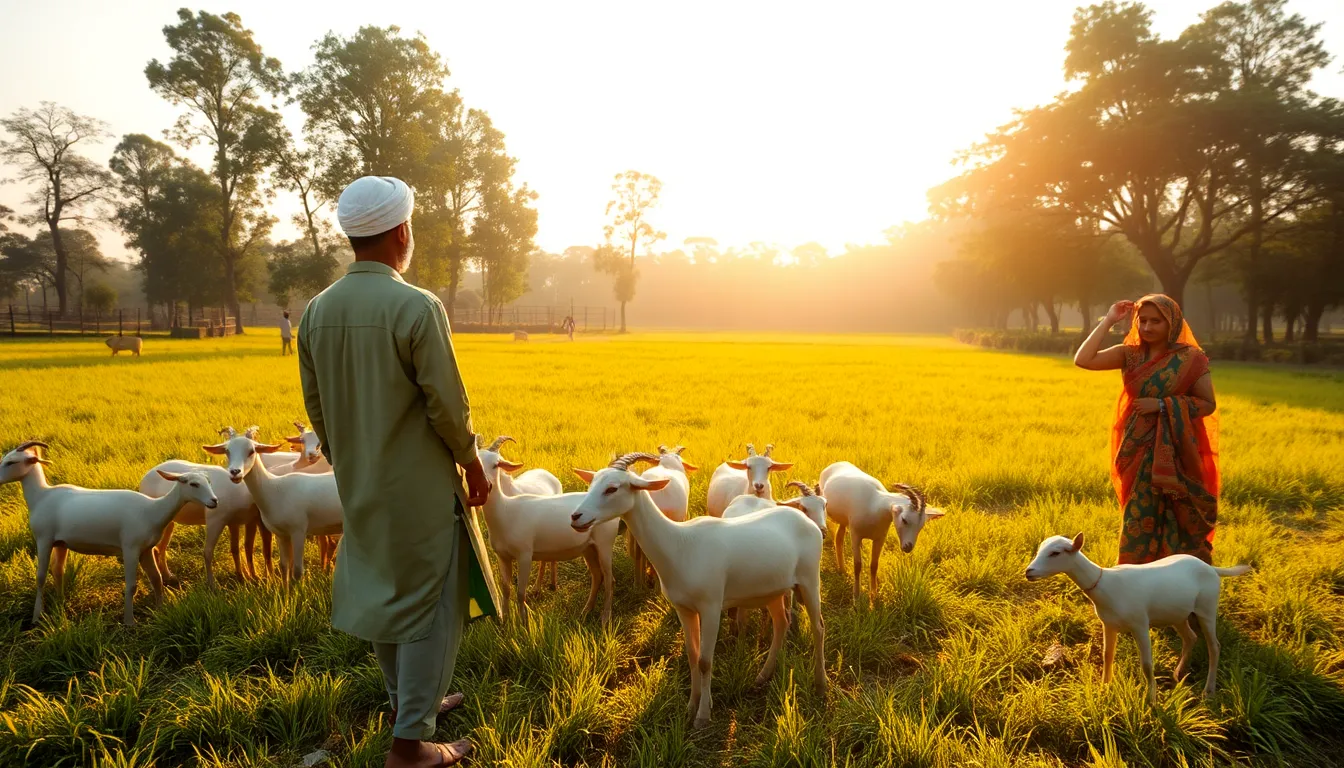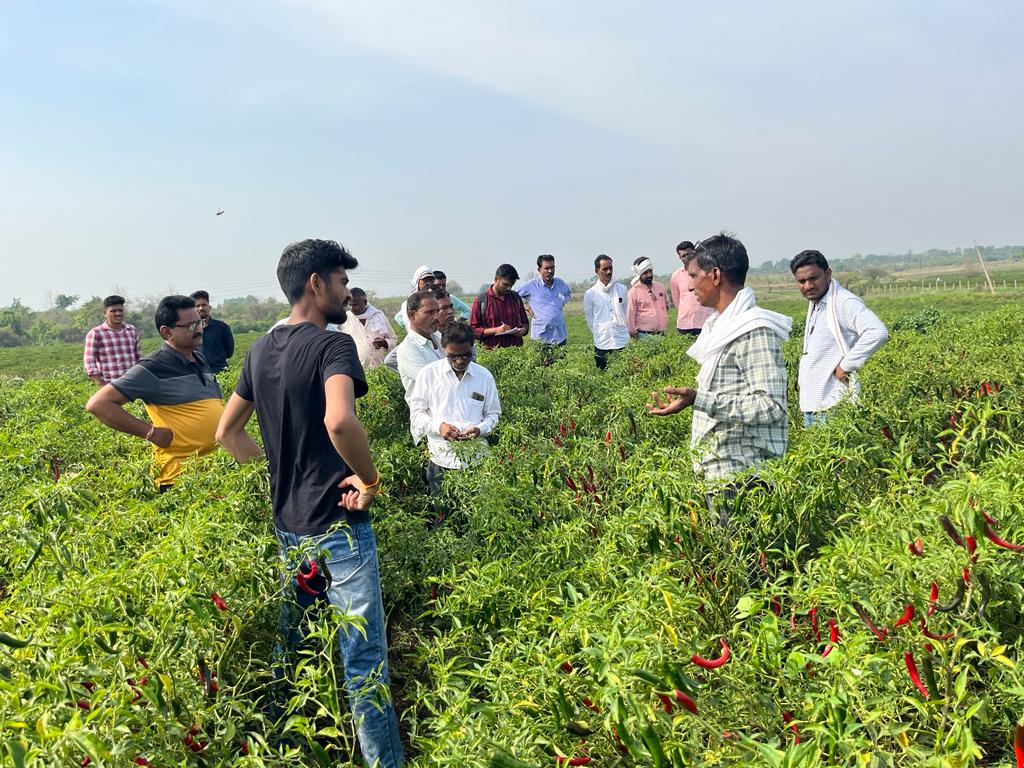The Anjori Goat is an impressive indigenous breed from Chhattisgarh, India. This goat is known for its resilience, adaptability, and economic benefits. It was officially registered by the Indian Council of Agricultural Research’s National Bureau of Animal Genetic Resources (ICAR-NBAGR). This breed thrives in local climates, making it a valuable asset for farmers in the region.
Goat farming has a long history in India. For thousands of years, goats have provided meat, milk, skin, and hair. They are often called the ‘poor man’s cow’ because they are easier to manage and more affordable than larger livestock like cows. In fact, goats play a significant role in the livelihoods of rural communities. According to the 20th Livestock Census of India, there are about 148.88 million goats in the country. This number represents around 27.73% of India’s total livestock population.
India is home to the largest goat population in the world. The states with the highest goat numbers include Rajasthan, West Bengal, Uttar Pradesh, Bihar, and Madhya Pradesh. The Anjori Goat adds to this impressive list. It is one of several improved goat breeds developed by ICAR. Other notable breeds include Osmanabadi, Beetal, and Jamunapari goats. These breeds are known for their disease resistance, higher yields of meat and milk, and ability to adapt to the Indian climate.
Registered with ICAR, the Anjori Goat is medium-sized and mainly reared for meat. It can also produce an average of 26 kg of milk per lactation. Farmers in Chhattisgarh appreciate this breed due to its low maintenance and high adaptability. The goat does well in the local environment, which helps farmers to increase their income.
The Anjori Goat is part of a larger trend of promoting indigenous breeds. This focus on local breeds can help ensure food security and support sustainable farming practices. By selecting and breeding these goats, farmers can create a more resilient livestock population. Additionally, this initiative helps in conserving local genetic resources.
The goat farming sector in India offers many opportunities. Farmers can generate good profits by choosing the right breeds for their needs. Goats are particularly popular because they require less space and are less expensive to feed than larger animals. They are also known for their ability to thrive on a variety of forage.
In addition to the Anjori Goat, several other indigenous breeds are gaining attention. For instance, the Black Bengal goat is renowned for its prolific breeding. The Marwari goat, found in Rajasthan, is also significant due to its high population. Each breed has unique traits that can benefit farmers depending on their specific needs.
Goat farming is not only a source of income but also plays a crucial role in rural development. By diversifying livestock, farmers can reduce risks associated with market fluctuations and climate change. Goat farming can provide a steady income and ensure food supply for families.
To start goat farming, farmers should consider several factors. This includes understanding the local market demand, selecting the right breed, and ensuring proper care and management practices. Training and education on goat farming can significantly improve the success rates for new farmers.
The growth of the Anjori Goat and other indigenous breeds is a positive step towards empowering farmers and enhancing rural livelihoods in India. With ongoing support from government initiatives and research institutions, the future looks bright for goat farming in India. Farmers can look forward to better income, improved sustainability, and the preservation of local breeds through careful management and breeding practices.
Overall, the Anjori Goat represents a valuable resource for farmers in Chhattisgarh. Its ability to thrive in local conditions, along with its economic benefits, makes it an excellent choice for sustainable farming. As awareness and support for indigenous breeds grow, the Anjori Goat will play a crucial role in the future of goat farming in India.




